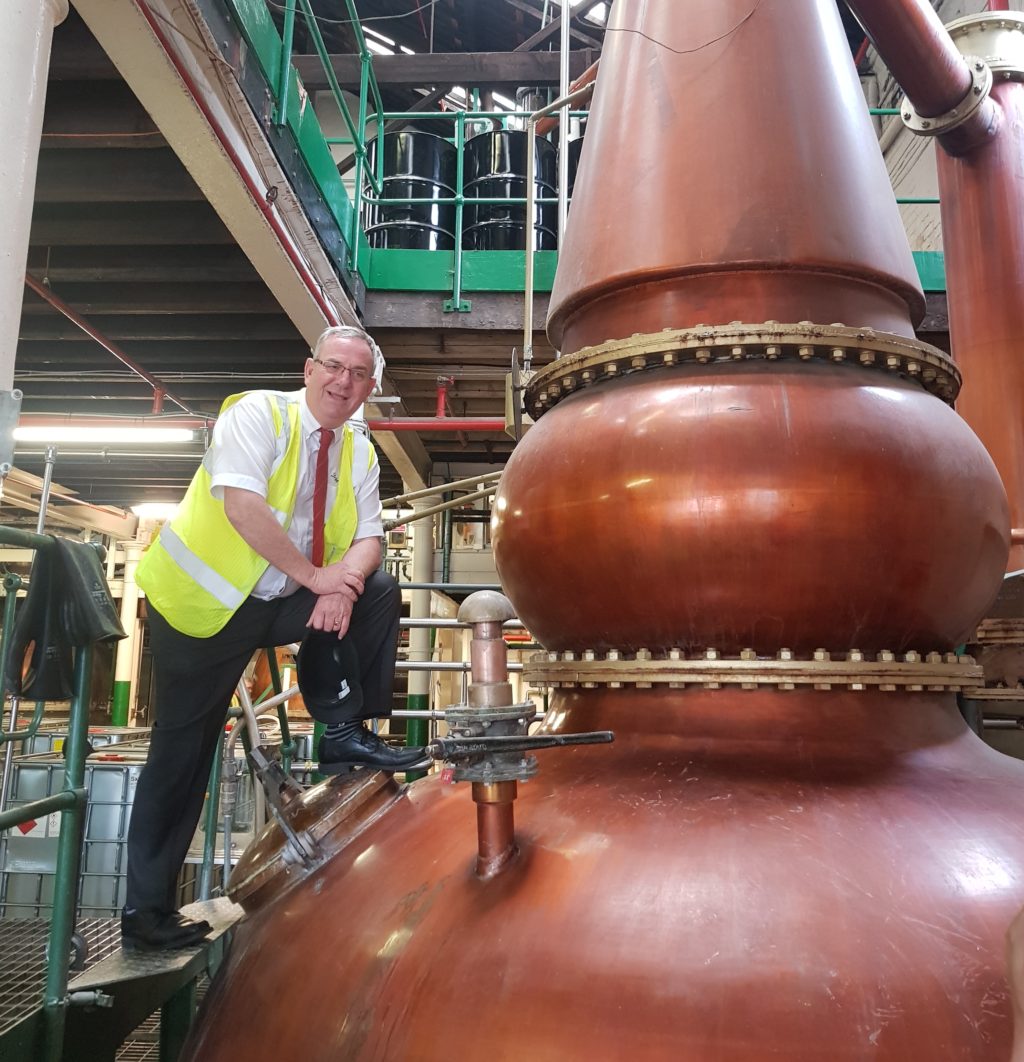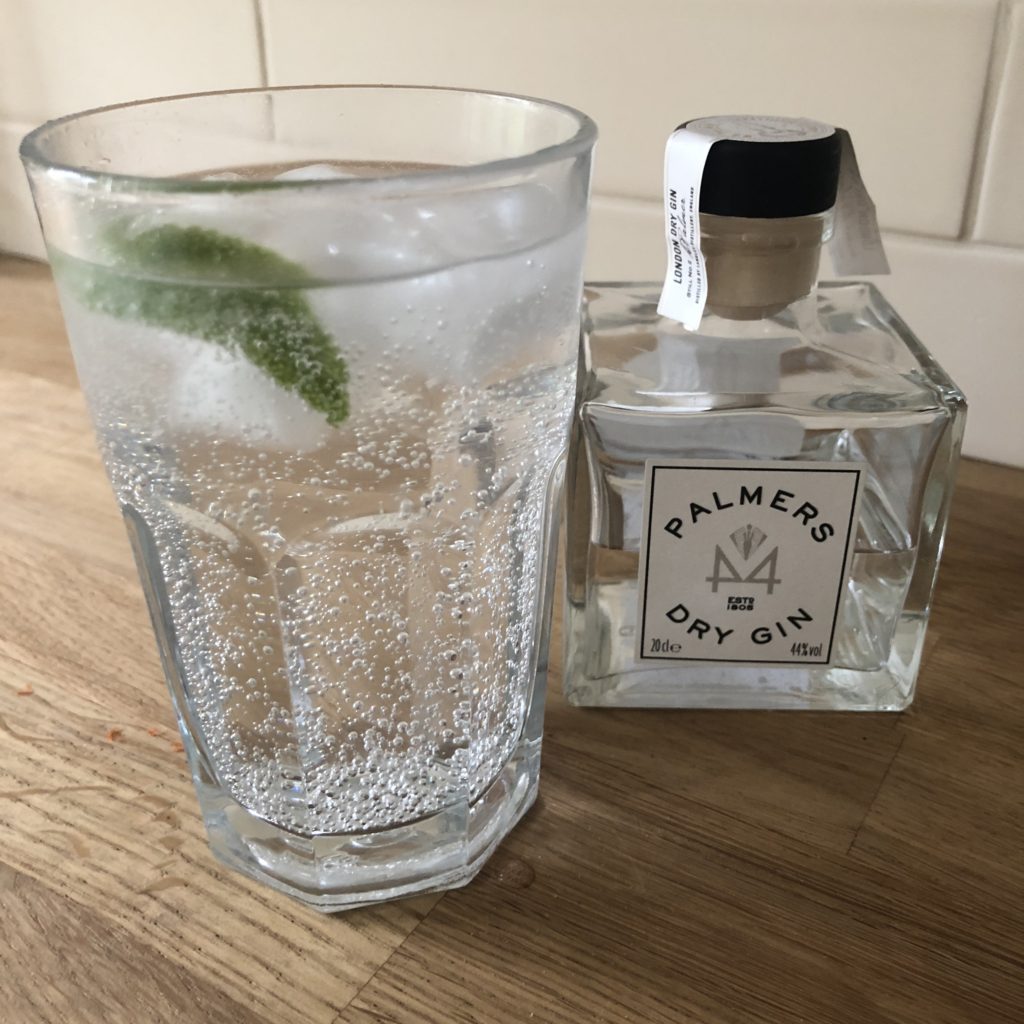Behind the scenes at ‘the cradle of British gin-making’
This is a version of a piece I originally wrote for The Buyer, focused on the premium ‘on trade’, with a few changes and a stockist added.
It’s not that long ago that gin looked dead in the tonic. A once great British institution on course to go the way of Radio Rentals, Rumbelows and the rest. Synonymous with blue rinses at tea time, there was really nothing fashionable about this juniper-based spirit that looked certain to surrender its precious space on the bar to riveting new vodka brands or achingly-cool tequila shots instead.
Then boom! Something resembling a gin-quake happened. No-one can pinpoint the precise date, but the epicentre was almost certainly the west London suburb in which I live, Chiswick, when Sipsmith cranked up its old copper stills and the average age of the gin fan dropped by several decades.
… 55 million bottles of mother’s ruin …
The explosion of craft brands – Britain now boasts 315 distilleries – has driven the boom, but the whole sector is enjoying double-digit sales increases as Britain’s drinkers go mad for it: the Wine and Spirit Trade Association estimates ongoing growth of almost 40% in the category. Last year, in the UK alone, we got through an astonishing 55 million bottles of mother’s ruin.

Whilst the boom drives the stills in the craft distilleries, it has also resulted in the old-fashioned big boys being busier than ever. Master Distiller Rob Dorsett is one such veteran, having devoted an 18-year career to concentrated spirit at Birmingham’s Langley Distillery.
Responsible for more than 350 different labels, this is the cradle of British gin-making. Sounds like heaven? Well, the distillery, in a dreary Birmingham suburb, makes an unprepossessing first impression: grim, functional buildings look like a Lowry brought to life. Inside, furry carpets, aromas of pork pie, and a barrage of forbidding plastic health and safety signs greet the first-time visitor.
… a ‘Swan Lake’ of veteran stills …
And then the fun starts. The distillery building – once part of a brewery – is home to a ‘Swan Lake’ of veteran stills, including what’s believed to be the oldest functioning example in the country, dating back to the mid-1800s. There are seven copper stills, all named after family members and significant figures who have worked there over the years.
Aromas of juniper, citrus and spice fill the air as we admire ‘Angela’ – named after the company’s founder, Angela Palmer – huffing and puffing her way through a distillation, destined to create a concentrated spirit that will then be ‘let down’ to dilute it to the required strength.
Rob uses English wheat spirit, “absolutely the best you can get,” using recipes, some of which date back two hundred years. “In distilling, you might change the ingredients, but the method is always the same,” he tells me.
… a divine assault on the senses …
The store room is a divine assault on the senses. Sacks of juniper, sourced from Macedonia, are piled high, alongside coriander seed from Bulgaria and citrus peels from Spain. Then there’s orris root, angelica, liquorice, nutmeg and cassia bark. It’s all fragrantly reminiscent of Istanbul’s Grand Bazaar.
Rob Dorsett works with dozens of clients to create new gins: “They can either come to me with a specific idea for botanicals, or just a sense of what they would like for the end product. We will come up with something”. Langley Distillery has a ‘micro-still’ for small 10 litre test runs of new, experimental gins.

No longer content solely with conjuring up creations for customers, Langley Distillery has recently launched its own brand of gin, to capitalise on the boom and give the family owners a chance to see their historic name emblazoned on a bottle.
Launched last year, Palmers Dry Gin (£28 from Master of Malt) is a mix of seven botanicals, designed to feel like a high quality traditional gin, rather than aiming to tap into any new trends or take on the craft brands.
So how does it measure up? Definitely in the old school ‘classic’ mode, this struck me as a more sophisticated and concentrated Gordon’s, with its seven botanicals. Based on an historic recipe, updated by Rob, the juniper doesn’t dominate, there’s delicate citrus blossom and some nuttiness. Smooth, rich and pure, it’s 44%, and feels destined for the perfect Martini.
… so which tonic does a Master Distiller recommend? …
What goes up, often comes back down, so could we be heading for one of mother’s heads? Rob is confident there’ll be no hangover: “We see plenty of headroom for growth in the sector. Sales are growing all the time, new brands are launching, and the current trend for classic cocktails like Negroni and Martini all make space for gin”.
Then there’s the mixer. The gin boom has fuelled a corresponding tonic burst, with the mighty Schweppes overtaken by Fever Tree and a host of new flavours launched onto the market. So which tonic water does a Master Distiller recommend for his carefully crafted gin? Well, it turns out, Rob Dorsett doesn’t use one: “I mix my gin with some sparkling water. It’s how you get the best from your botanicals. I want my flavours unadulterated”.
Experienced? Certainly. A genius? Probably. But I’m afraid I disagree on this one. I’m sticking with the tonic.